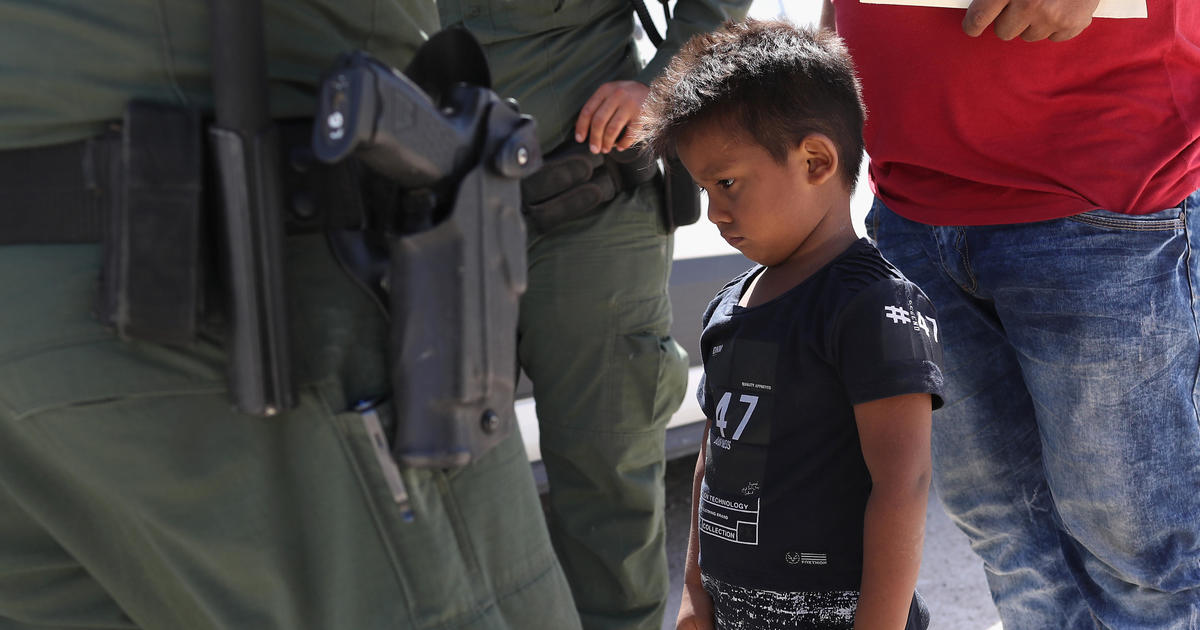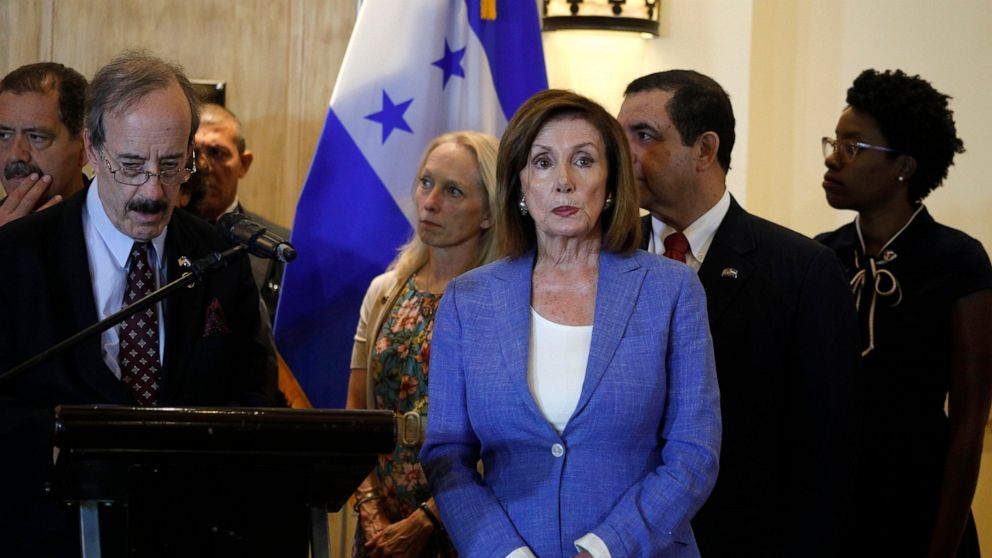
As the Trump administration continues to roll back key safeguards for immigrants in the United States, the White House is potentially going one step further and is expected to roll out an enforceable version of the so-called “public charge” rule in the coming days.
The regulation — as detailed in its draft version — would dramatically expand the government’s definition of the centuries-old term “public charge,” effectively making it more difficult for certain low-income immigrants to secure permanent residency (green cards) or temporary visas. Critics say the rule has already been having a “chilling effect” on many immigrant communities, including households and families who are not directly affected by it on paper.
The proposed rule affects pretty much every facet of life — from medical care, English language proficiency, food stamps and other welfare programs.
Trending News
What is a public charge?
The “public charge” standard was first codified into U.S. immigration law in 1882 — the same year the U.S. enacted the Chinese Exclusion Act, which barred the entry of Chinese laborers into America on the premise that immigration from China endangered “the good order of certain localities.” The term essentially means being a burden on society.
It was also included in the Immigration and Nationality Act of 1952, which stipulated that those who were deemed a “public charge” would be subject to deportation or barred from entering the country.
In the 1990s, the Clinton administration issued guidance effectively saying that only cash benefits, like TANF, could be considered when determining whether an immigrant was a “public charge.”
What would the new regulation do?
The proposal was first published to the Federal Register last fall, but it had been in the making for months prior to that.
Immigration authorities currently ask green card applicants to prove they won’t be a burden on the country, but the new regulation, if enacted, would require caseworkers to consider the use of government housing, food and medical assistance such as the widely-used Section 8 housing vouchers, the Supplemental Nutrition Assistance Program (SNAP) and Medicare’s Part D prescription drug coverage.
The more than 400-page proposal would subject immigrant households who fall below certain income thresholds to the “public charge” test — which would also consider how well applicants speak, read and write English. Under the proposed rule, any diagnosed medical condition that requires extensive medical treatment would also “weigh heavily” in evaluations by caseworkers.
Asylum seekers and refugees would be exempt from this “public charge” test.
What have researchers, doctors and lawmakers been saying?
When the 60-day public comment window on the proposed rule closed on Dec. 10, more than 260,097 comments — nearly all critical of it — were submitted.
A study in May by the Urban Institute found that more than 13% of adults in immigrant families said they were not participating in public programs such as food stamps and subsidized housing due to concerns that the so-called “public charge” rule would hinder their ability to obtain green cards. The number of immigrants reporting this fear rose to 20.7% among low-income families.
Although the proposed rule would affect immigrants in the U.S. who are not citizens or permanent residents — as well as people seeking to immigrate to the country from abroad — the report by the Urban Institute detailed a “spillover effect” in which both green card holders and U.S. citizens reported avoiding public benefits because of the proposal’s expected implementation.
Nearly 15% of immigrants in families in which all members had green cards and 9.3% of adults in families comprised of naturalized U.S. citizens said they did not participate in government assistance programs within the past 12 months due to concerns about the proposed rule’s impact on their and their family members’ ability to qualify for permanent residency.
Another study late last year by the Urban Institute’s Health Policy Center predicts that as many as 6.8 million U.S. citizen children enrolled in Medicaid and the Children’s Health Insurance Program (CHIP) with parents who are non-citizens could be affected by the new regulation.
Although the proposal does not include Medicaid and CHIP assistance in its “public charge” considerations, researchers at the Health Policy Center believe immigrant parents, particularly in Latino and Asian American communities, will drop these benefits due to concerns surrounding their immigration status and ability to remain in the U.S. legally with their children.
The big picture:
Advocates, doctors, civil servants and Democrats fear that the regulation will punish poor immigrants for using essential government benefits and prompt some parents to halt their children’s enrollment in nutritional and medical programs — even if the children are U.S. citizens in mixed-status households.
Would the rule be challenged in court?
Yes. Expect a flurry of challenges. Counties, which distribute many public services, will be at the forefront of this.

